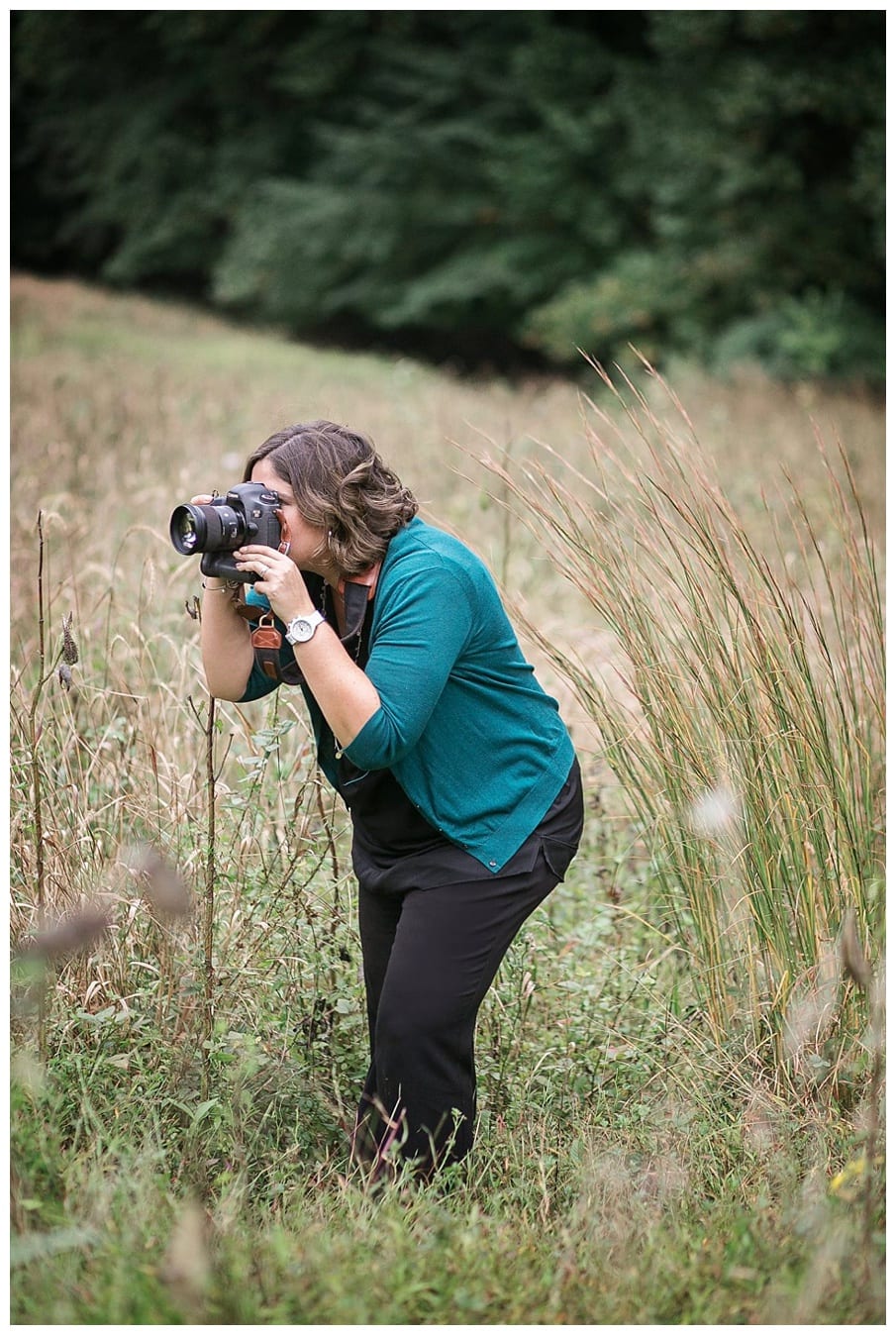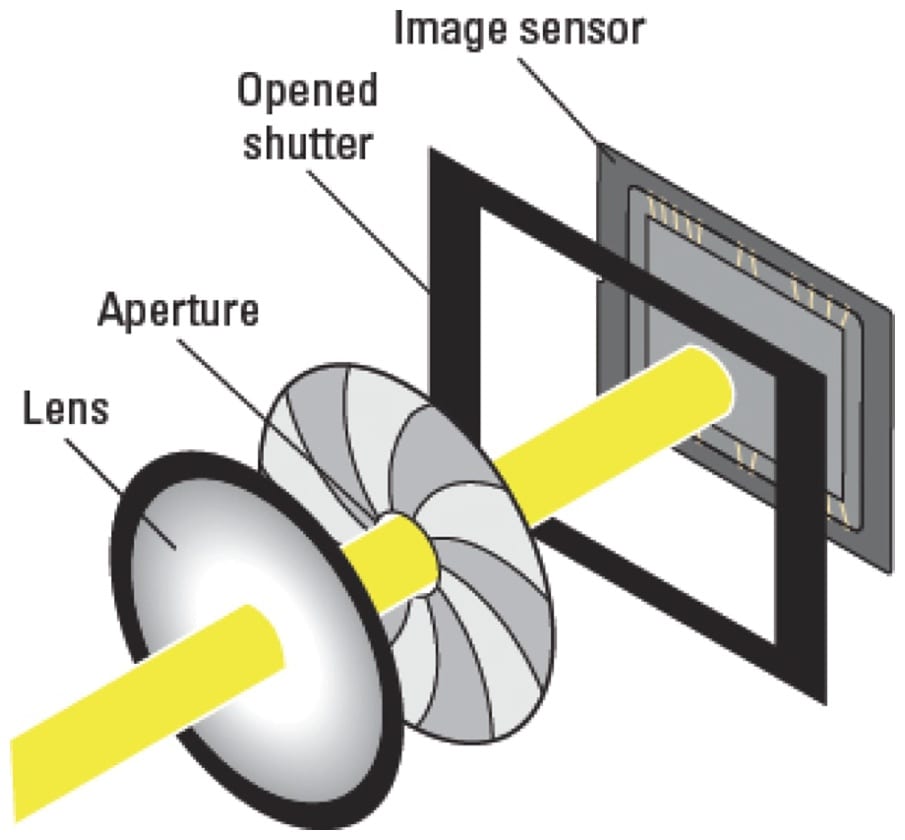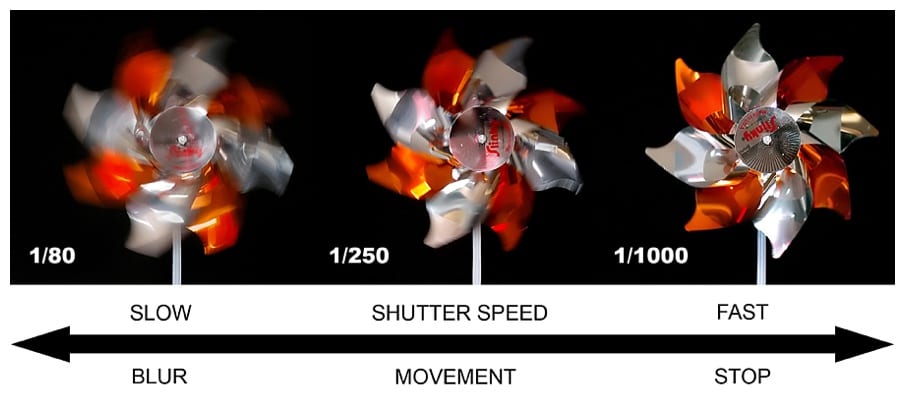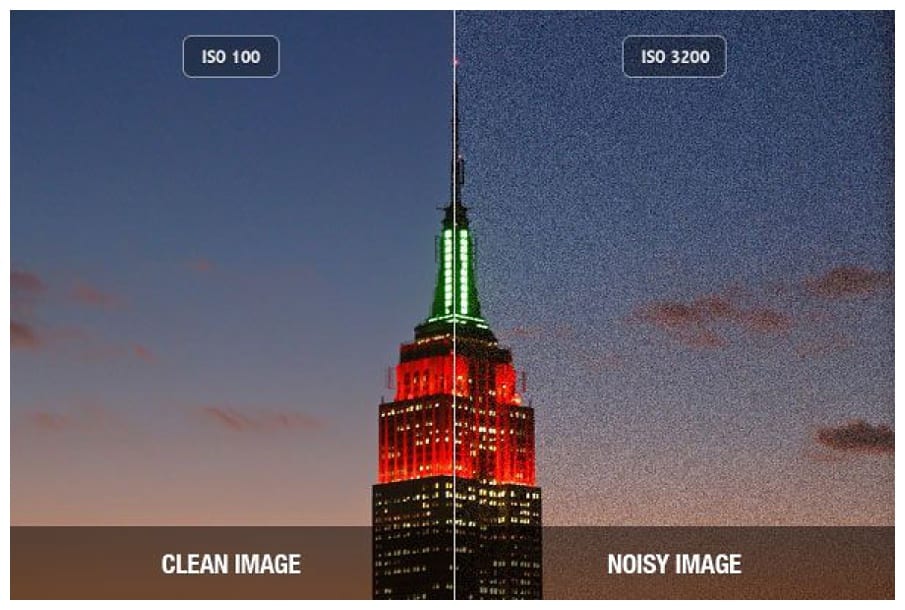Everyone has a camera these days. As little as 5 years ago, camera phones weren’t great. They were ok for quick shots of random things… but not for anything more substantial. It’s likely that during that time you bought a digital camera. With the progress of cameras built into your phones, that same digital camera is now likely somewhere in a corner or closet collecting dust. I have so many clients ask me about their personal cameras. They want to get more use out of it or they have situations where they want a better quality photo than an iPhone but not important enough to warrant the hiring of a professional. Maybe your child has ball game of some sort or you’re on your way to church Easter morning…

I decided to take this Monday’s Intentional Creating blog to cover the basics of digital photography.
There are three ways the camera receives light to it’s censor. The censor is the equivalent of film… and what has replaced film in digital photography. They are Aperture, Shutter Speed, and ISO.

Shutter. The shutter is what opens and closes in front of the censor when you push the button. You can adjust the speed in which it opens and closes. Faster shutter speeds are necessary for sharp images when you’re photographing sports or movement. However, the faster you make the shutter open and close the less amount of light your censor receives or the faster the shutter, the darker the image. The slower the shutter, the brighter the image. Just as increasing the shutter speed gives you sharper images involving movement, slowing down the shutter speed will cause any movement to create a blur.

In order to compensate for this we move to the next component.
Aperture. When the shutter opens, it opens behind a circular component. That is the aperture and too, can be adjusted. By adjusting the aperture you make this circle larger or smaller.

Two things happen when you adjust the aperture. The larger aperture opening, the more light you let in. The smaller the opening, the less amount of light you in. Aperture is also responsible for depth of field or background blur. If you follow my work, then you notice that the subject is in focus and anything in the foreground and background is blurry. It lets my subjects pop in the image. This is because I adjust my aperture to be as open as possible. For point and shoot cameras or non detachable lenses… you are restricted in your controls of this setting. The only way to adjust it is to turn the setting dial on your camera to the flower or the face.

This sets your camera to Aperture priority – opens your aperture up and automaitcally adjusts your other settings to compensate for the amount of light hitting your sensor. This is also true for other cameras with detachable lenses, but you have more control options depending on your lens and camera.
ISO. ISO stands for International Standards Organization, and it is a standardized industry scale for measuring sensitivity to light. This can be used in relation to how sensitive camera film is to light, but in this case, it pertains to the sensitivity of the image sensor. By raising the ISO you make your sensor more sensitive to light. It allows images the most natural look in low light situations without bringing in a flash that can completely change the look of an image. The downside to this is that the higher you raise your ISO the more “digital noise” your image will have. Digital noise is another way of saying grainy. Keeping your ISO as low as possible is always the best option… but it’s nice to have the back up if you need it.

All of this being said, most digital cameras make it easy for you to not have to think too much or know too much about what you’re doing. Placing the setting on “auto” will allow you to take pictures spur of the moment. If you have the desire to take your photography further and learn about all of these settings, they also make it easy to take things a step at the time.
This may seem like a lot of useless information… especially because of that auto setting… but every once in a while, troubleshooting may be necessary and this is great info to have.
Crash course is putting what this was lightly. If you have an interest in learning more about your camera or just upping your photography game leave me a message! I have been toying with the idea of having a hands on beginner class. I’d love to clear up any issues you’re having!
XOXO
Light and Your Digital Camera | Intentional Creating
March 14, 2016
published
richmond weddings
Virginia Bride
washingtonian bride & groom
The knot
today.com
The black tie bride
why you should work with us
There isn't a day that goes by that I don't think about my clients. Past, present, and future. I strive for a relationship that extends further than their wedding day. The industry is constantly changing and I strive to keep up with new standards while holding true to my style.